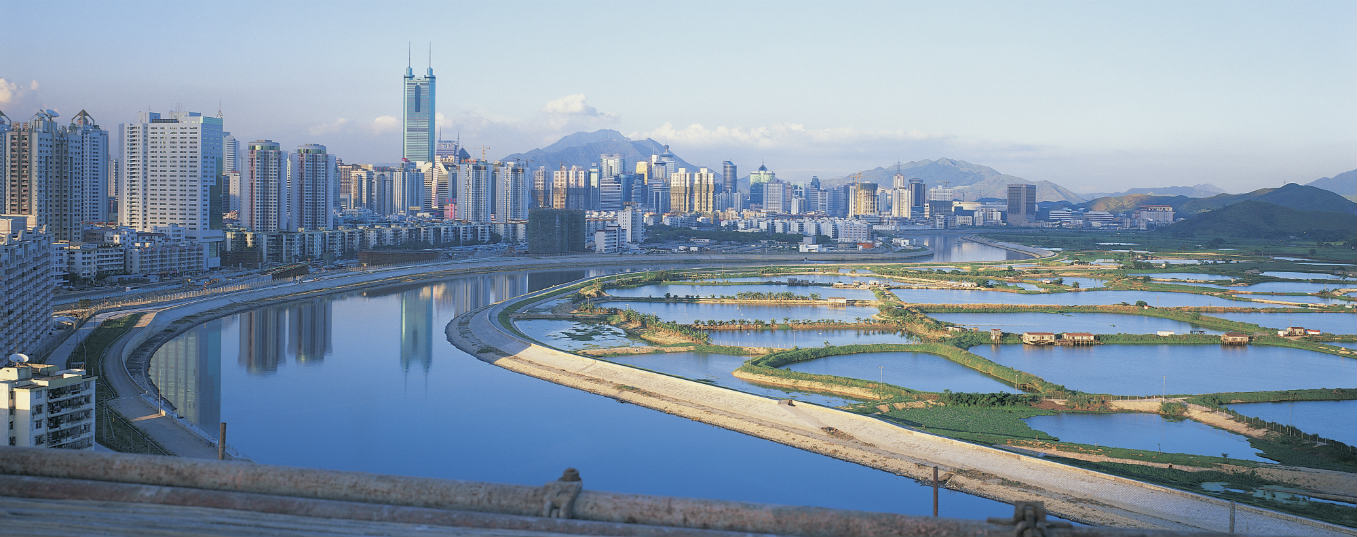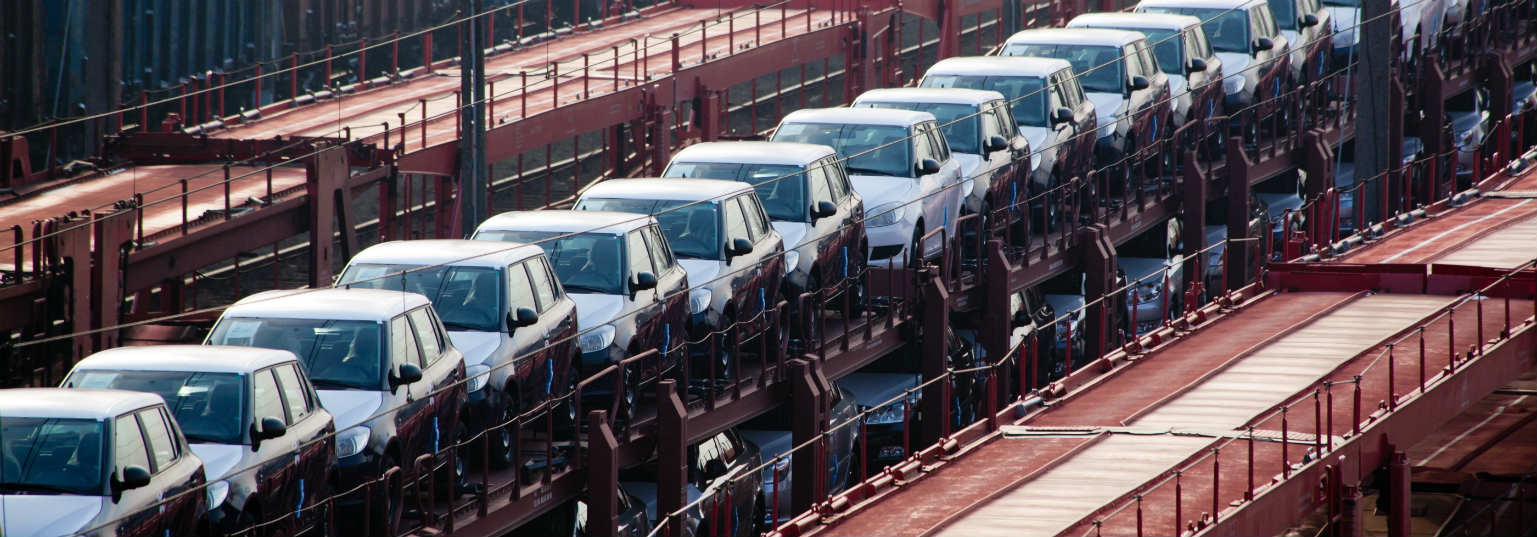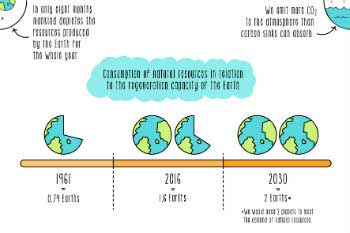Biocapacity limits and ecological footprint
The current ecological footprint surpasses the recharge capacity of the Biosphere.Biocapacity limits
The idea of a linear, extendable, incremental progression without limits found its first detractors in the 1880s: these included a Scottish biologist, Geddes and a Ukrainian doctor, Podolinsky who produced pioneering texts on the limits to economic growth based on mass exploitation of natural resources. Those limits are given by realities in nature:
Those given by the laws of thermodynamics whereby energy is not only transformed and preserved but also dissipates.
The maximum recharging capacity of the Biosphere.
The finite nature of resources where reserves decrease quicker the higher the mining rate and whose natural replacement cycles are very long.
Limits that warn us about the intensity of human activity and marked today by: the rise in consumerism, higher demand from emerging economies, especially China and India, and the higher global population with its need for drinking water and food.
But not enough attention was given to those precursors and it was not until the end of the 20th century, with its global environmental problems, especially climate change, that the illusory belief in limitless progress was recognised.
Ecological footprint
Whilst the industrialised north entered the era of consumerism with little or no environmental awareness, small groups of scientists and environmental conservationists sounded the alarm from 1972 onwards about the incompatibility between continually higher standards of living, the higher population and preserving the balance of nature. The ecological footprint is a reference used to set out the level of incompatibility; it measures the ratio between:
The natural resources used in a specific territory, including those used in producing goods and services.
The available local resources in said territory.
Imported resources.
The waste, effluent and pollution emitted
The capacity to absorb those emissions in the territory itself (by forests, seas, etc.).
The current ecological footprint of industrialised societies surpasses the recharge capacity of the Biosphere as a whole and makes the world unsustainable: the increase in extreme poverty, the lack of resources, geopolitical imbalances, etc. are signs of this.







